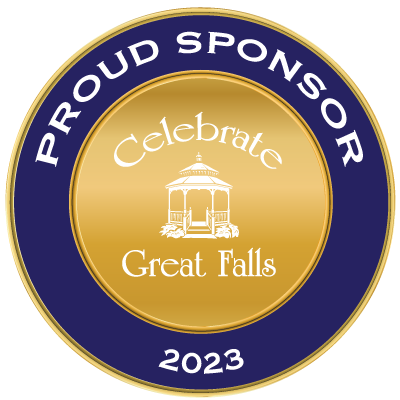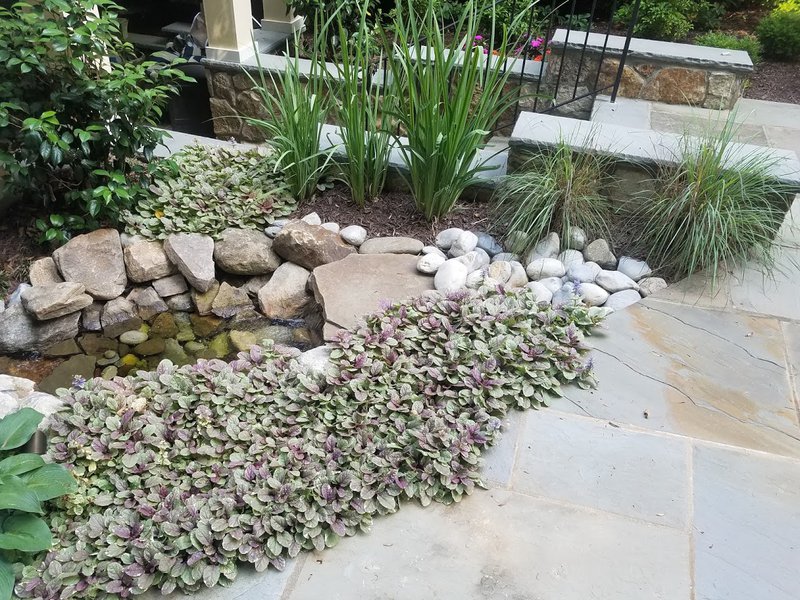
7 Steps to a Sustainable Landscape
Sustainable beauty starts with a conscious effort to work in harmony with Mother Nature.
There are so many ways you can be kind to the environment. Recycling, for instance, is one of them. But did you know you can also be a little greener in your own landscape?
And the effort is worth it. Creating a more sustainable landscape means you’re cleaning the air and water nearby, sequestering carbon and restoring wildlife habitats.
What’s more, sustainable landscaping can be beautiful, too. Here are some ways you can embrace a greener way of life in your outdoor space.
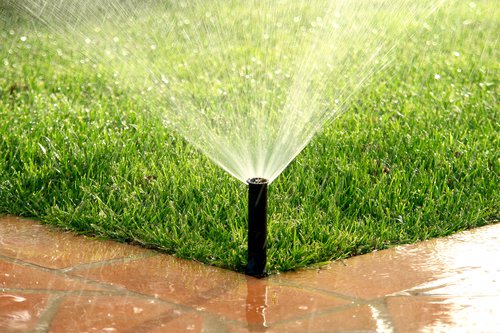
Be water wise
Water is a valuable resource. Saving it not only avoids waste, but it also saves you money on your water bill.
If you have an irrigation system, make sure a professional inspects it regularly to ensure valves and heads are working properly and you’re irrigating your landscape and not sidewalks or driveways. Readjust your schedule based on rainfall or install a rain sensor to help automatically shut the system down when Mother Nature delivers showers. If you don’t already have a smart controller, this tool can help you amplify your sustainable landscaping efforts by watering based on plant needs vs. a clock or calendar.
To be even more water wise, use drip systems in your landscape beds for the most efficient way to direct water at plant roots, which is exactly where it needs to go.
Add a rain barrel
If you want to continue your sustainable landscaping by using all the natural resources that come to your garden, you can even try collecting runoff water from your roof using a rain barrel.
Think of it like recycling, but for water. A rain barrel is a system that collects and stores rainwater from your roof that would otherwise be lost to storm drains and streams. Typically, a rain barrel involves the use of a 55-gallon drum, a vinyl hose, PVC couplings and a screen grate to keep out debris.
After collection, this water can be used to water container plants or flower beds. Rain barrels are great during periods of drought because they store water for when you most need it. In fact, a rain barrel will save most homeowners about 1,300 gallons of water during peak summer months.

Embrace native plants
One of the best ways to attract wildlife, particularly pollinators like birds, bees and butterflies, is to add native plants to your garden.
Being easily adapted to your region, native plants can be easier to grow and maintain, as well as more resistant to pests. They add a boost of beauty, scent and scenery and are also happier without a lot of attention in your garden. That’s a no-brainer for sustainable landscaping.
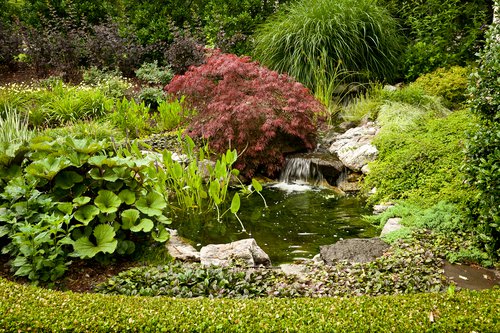
Water features for wildlife
Add a pond or water feature to your landscape to provide homes for insects and amphibians, as well as bathing and drinking water for birds and mammals.
A bird bath is another option for adding an elegant structural element to your garden that also helps provide birds with a refreshing space.
Take it up a notch by using a solar-powered water feature that stores energy produced from natural light during the day, releasing it when it’s needed to run a small waterfall or underwater lights.
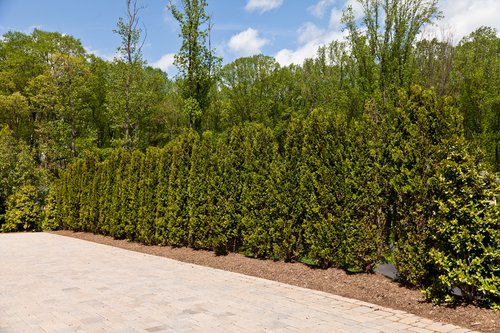
Plant greenery
Looking for some privacy? Instead of a fence, plant landscape hedges or more of a living wall that can provide a wildlife habitat in addition to seclusion.
Planting trees and shrubs improves the air around you with the oxygen they provide, which is especially important if you live near a rural area. They also help clean harmful particles from the air.
Another way to boost your sustainable landscaping is to plant trees on the south and west sides of your home so they provide shade in summer and warmth in winter. These are natural solutions to reduce the amount of energy used for heating and cooling.
Use perennials
While annuals have a one-year lifecycle, perennials grow back every year, being a more sustainable option in the long run. Annuals may provide season-long blooms, but there are quite a few perennials that can stand proud among annuals, providing some great texture and color interest in the landscape.
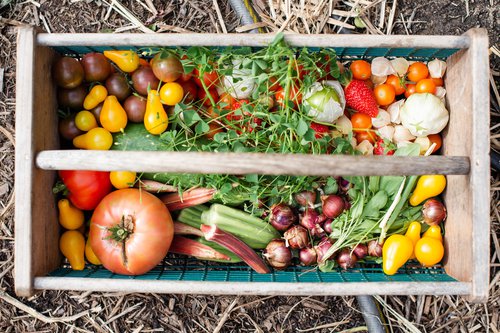
Try edibles
A satisfying sustainable landscaping solution is to grow some of your own food. Lettuce, kale and herbs are easy to grow in pots or even in sections of your garden where they can add some greenery while producing side dishes or seasonings for your favorite meals.
Growing some of your own food also encourages pollinators to your garden, supporting these valuable insects.
Looking for ways you can be greener in your own landscape? Rossen Landscape would love to help you create a space that you can enjoy and feel good about. Learn more about gardens we’ve designed here or contact us for a consultation about how we can bring your dream landscape to life.





